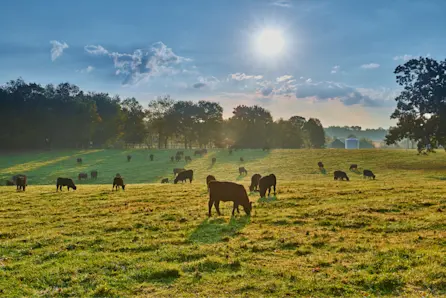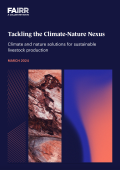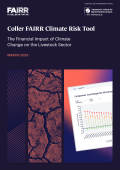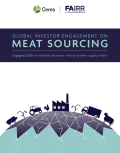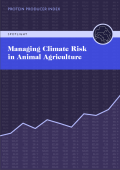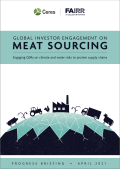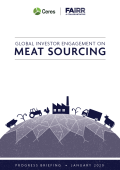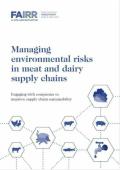Report Overview
Investors with exposure to livestock companies will need to focus on solutions that can mitigate the increasing climate and nature-related risks on their portfolios. However, there is a lack of clarity on the solutions that exist, their effectiveness, and the business case of deploying them. This has led to relatively limited engagement with portfolio companies and subsequent low investments in climate and nature-based solutions.
This report by FAIRR introduces a first-of-its-kind integrated climate-nature assessment framework, based on the planetary boundaries to help investors identify and assess the mitigation potential and business case of 22 on-farm livestock mitigation interventions. It also maps public and private capital flows to the interventions to show how current financial investments fall short of supporting sustainable livestock practices.
This report can help investors assess the environmental impact and business case of livestock mitigation interventions to better inform decision-making and support dialogues with portfolio companies on climate and nature transitions.
Specifically, this report provides investors with:
A structured classification of 22 on-farm livestock interventions
An integrated climate-nature framework based on the planetary boundaries to assess the environmental impact and business case of interventions
Capital flow mapping that tracks recent private and public funding across the interventions to identify critical investment gaps
Report highlights
Key findings from this report include:
Nature-based interventions can deliver long-term climate and nature benefits compared to tech-based interventions.
On-farm livestock interventions receive only 0.1%-0.2% of climate finance, with a preference for tech-based interventions that primarily address climate change and overlook nature-related risks.
Reliance on tech-based interventions can create a lock-in with intensive livestock production practices, delaying our ability to meet long-term climate and nature targets.
More engagement and capital need to flow towards nature-based interventions to meet net-zero and global biodiversity targets.

